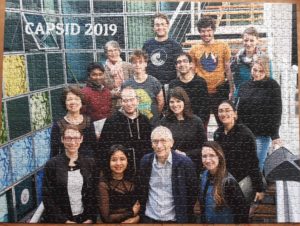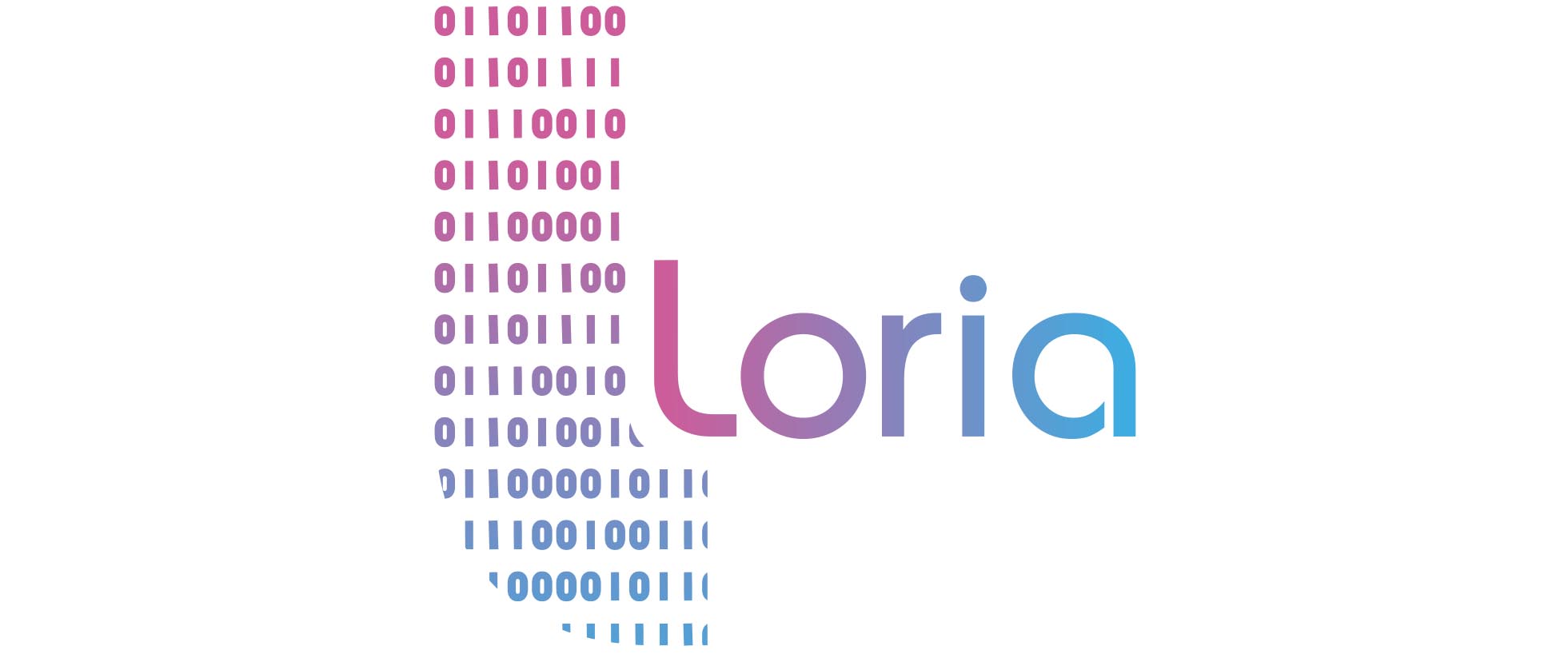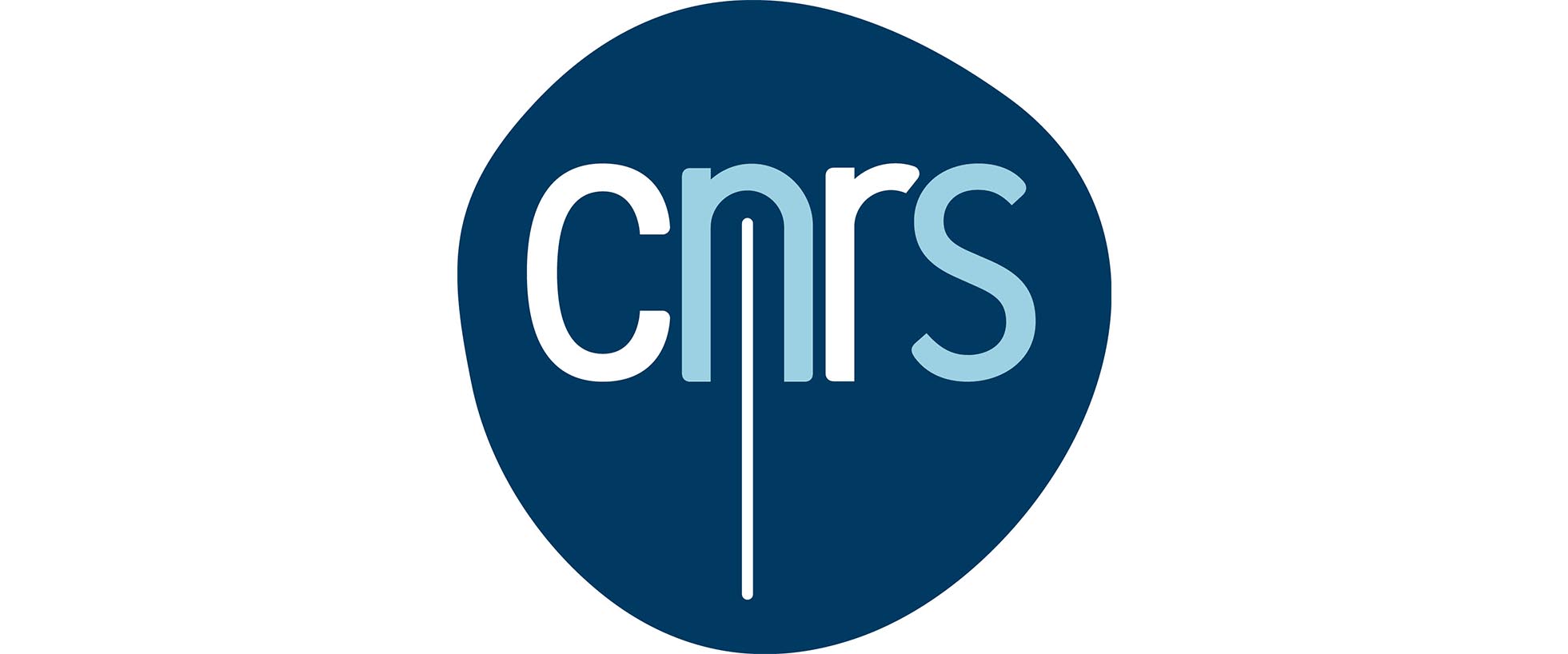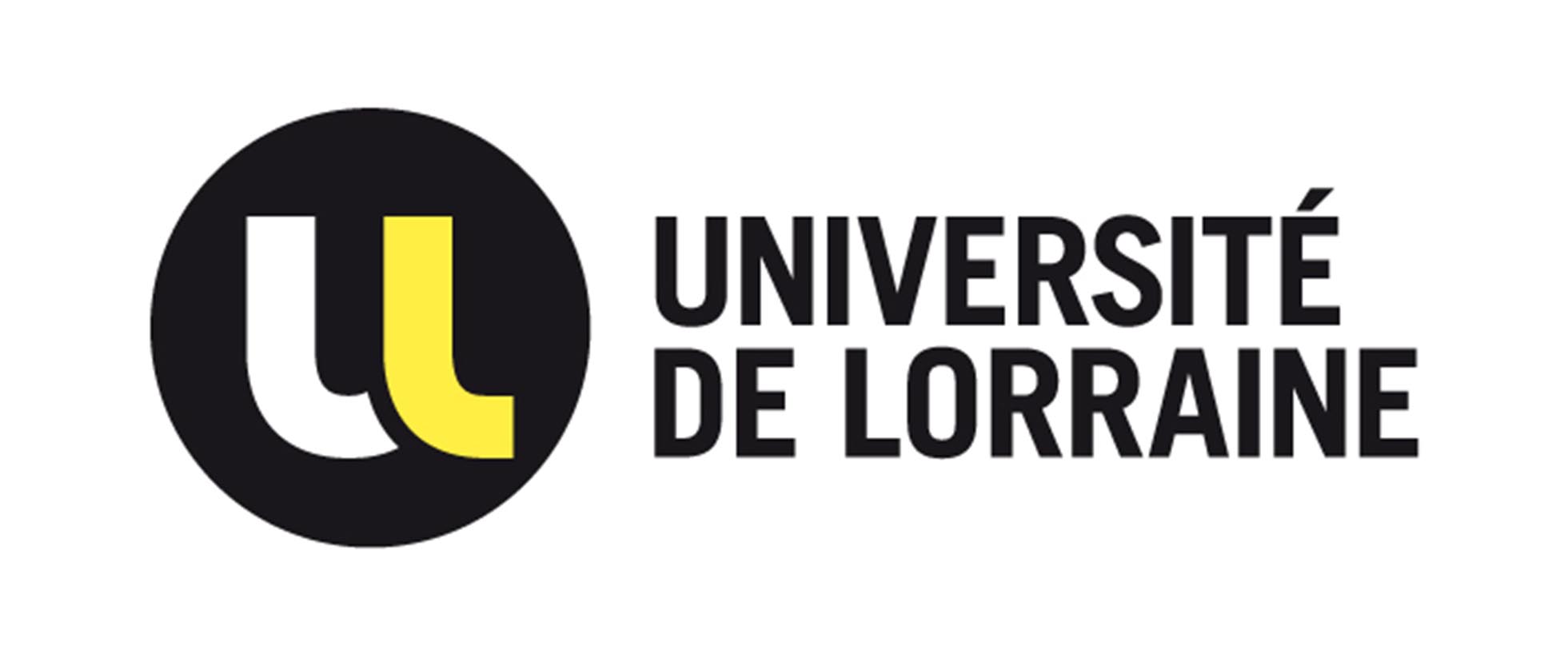Retirement time has come for me on July 1, 2024. After more than 40 years of good and loyal service to the CNRS (yes, I was recruited in 1983!), I felt that it was time to make way for the young! At age 65, I noticed that I was starting to take much longer to complete all the tasks assigned to me, which led to a loss of efficiency, especially for administrative tasks. I found it increasingly difficult to cope with not having enough time to do real research. I am now taking full advantage of my free time to finish « voluntarily » and « out of passion » the few projects in which I am still involved. I also plan to get back to the piano and plant rose bushes in my garden. Traveling would also be a happy prospect, especially thanks to the kitty that my colleagues at Loria offered me. May they all be thanked for it, as well as for the great times spent together!
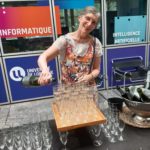 On July 11, 2024, I was happy to invite all my colleagues from Loria, Inria and Université de Lorraine for a drink. A very pleasant moment! Many people came by and I also received many very nice emails from those who could not come. Thank you all!
On July 11, 2024, I was happy to invite all my colleagues from Loria, Inria and Université de Lorraine for a drink. A very pleasant moment! Many people came by and I also received many very nice emails from those who could not come. Thank you all!
We took some symbolic photos. For example, this one with four female scientists! Aren’t we fulfilled and happy! Thanks to you: Malika, Nathalie and Muriel for having had the opportunity to work with you! 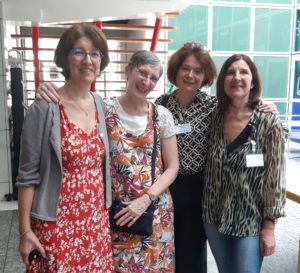
And also this one where I find myself with 4 boys that I had the chance to supervise: Emmanuel, Philippe, Adrien and Gabin. Thank you all four for having been such good students and collaborators. I must also mention André, Nizar, Sidahmed, Zia, Hrishi and of course Diego my last PhD student who defended on July 10, 2024!
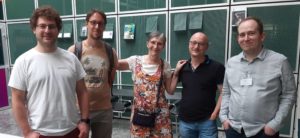
Last but not least, the 1000 piece puzzle representing the CAPSID team in 2019 that was given to me on July 11th. Here is the proof I was able to finish it 😉 !
The CAPSID team is now under the responsibility of Isaure Chauvot de Beauchêne. Good luck to her and all my former colleagues for future fruitful research adventures.
